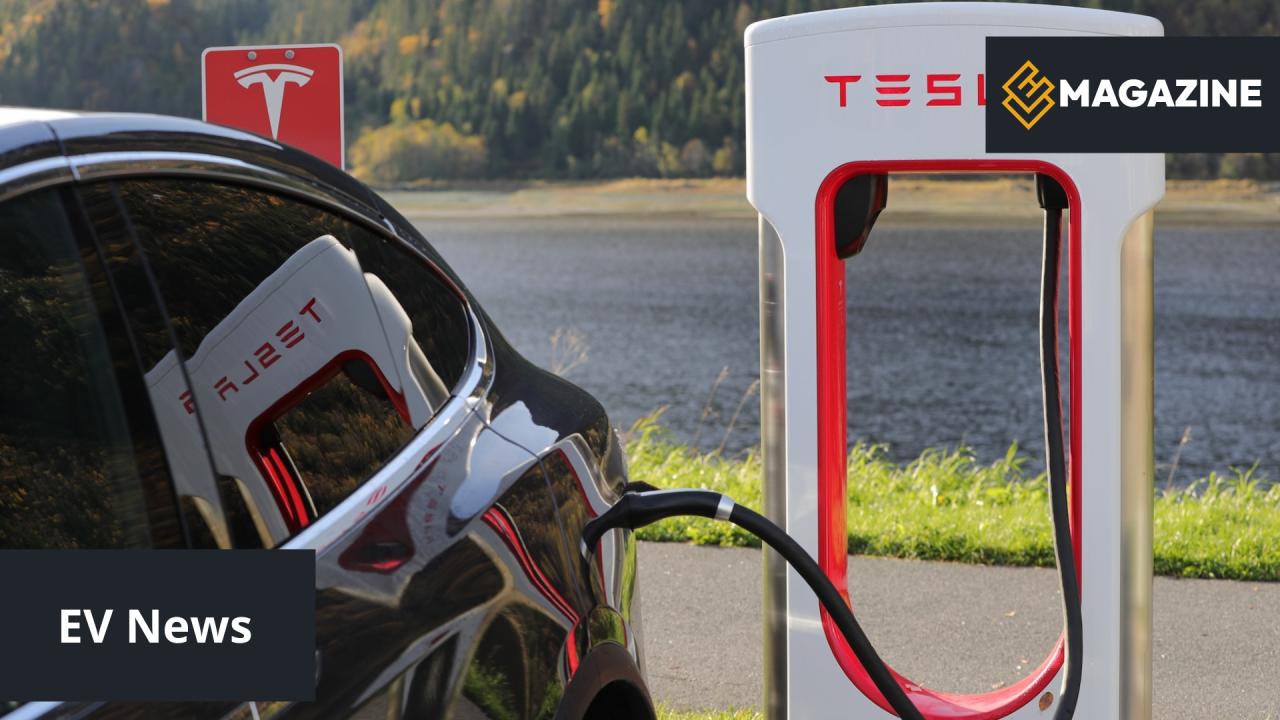90%
$37,000
71%
2021
Record-Breaking Tesla Proves EV Battery Durability
A 2021 Tesla Model 3 Standard Plus operating as an Uber in Western Australia has achieved what many thought impossible: 410,000 kilometers on its original battery while maintaining between 88% and 90% capacity. This remarkable achievement, verified by EV specialist EV Workz in Port Kennedy, has gone viral with over a million views on social media, fundamentally challenging misconceptions about electric vehicle battery longevity.
The vehicle's 60 kWh LFP battery chemistry plays a crucial role in this exceptional durability. Unlike nickel-manganese-cobalt (NMC) batteries, LFP cells offer superior thermal stability and cycle life, though with slightly lower energy density. The charging data reveals an optimal mix: 71% slow AC charging (38,012 kWh) and 29% DC fast charging (15,556 kWh), demonstrating that strategic charging habits contribute significantly to battery longevity.
Financial Impact: The Numbers Don't Lie
Real-World Impact: Based on 7L/100km consumption at AU$1.70 per liter for petrol versus AU$0.60/kWh for DC fast charging and AU$0.30/kWh for AC charging (or AU$0.09 on Western Australia's EV tariff).
Global Battery Degradation Data: Setting the Context
Tesla's own data shows that the average vehicle battery should still have about 90% of its original capacity after 200,000 miles (322,000 km) of usage. This Australian Model 3 has exceeded even these impressive projections, traveling 27% further while maintaining similar capacity retention.
12% capacity loss after 200,000 miles, demonstrating Tesla's consistent battery engineering excellence across model lines.
15% capacity fade after 200,000 miles, with the highest degradation rate occurring in the first 60,000-80,000 miles.
Study suggests Tesla's battery pack will still have 80% capacity after reaching 840,000 kilometers, nearly double this vehicle's current mileage.
EVs retain an average of 90% capacity after more than 75,000 miles (120,000 km), typical for 10 years of Australian driving.
We expect this sort of longevity with EV batteries, but we've not seen any driven this distance. Most Model 3s are driven far less each year.
LFP vs NMC: The Battery Chemistry Advantage
Why LFP Batteries Excel in High-Mileage Applications
Thermal Stability: LFP batteries operate at lower temperatures and handle heat stress better than NMC alternatives, crucial for Australia's harsh climate and continuous rideshare operation.
Cycle Life: While offering slightly lower energy density, LFP cells can endure significantly more charge-discharge cycles without degradation, making them ideal for high-utilization vehicles like taxis and rideshare cars.
Australian Market Adoption: 81.3% of all Teslas delivered to Australia in 2022 had LFP battery packs, reflecting both cost advantages and suitability for local conditions.
Maintenance Reality Check
After 410,000 km, only motor mount bushings required replacement—AU$130 in parts plus seven hours labor.
Battery, motor, and even brake pads remain original, showcasing the minimal maintenance requirements of electric drivetrains.
Charging Strategy: The Key to Longevity
The vehicle's charging history provides valuable insights for maximizing battery life. With 71% AC slow charging and only 29% DC fast charging, this Tesla demonstrates that convenient home or destination charging, combined with strategic Supercharger use, creates the perfect balance for battery health.
Future Implications for the EV Industry
This real-world demonstration arrives at a crucial moment for EV adoption in Australia and globally. As governments push for electrification and consumers worry about battery replacement costs, this Tesla proves that modern EVs can outlast traditional vehicles while delivering massive operational savings.

